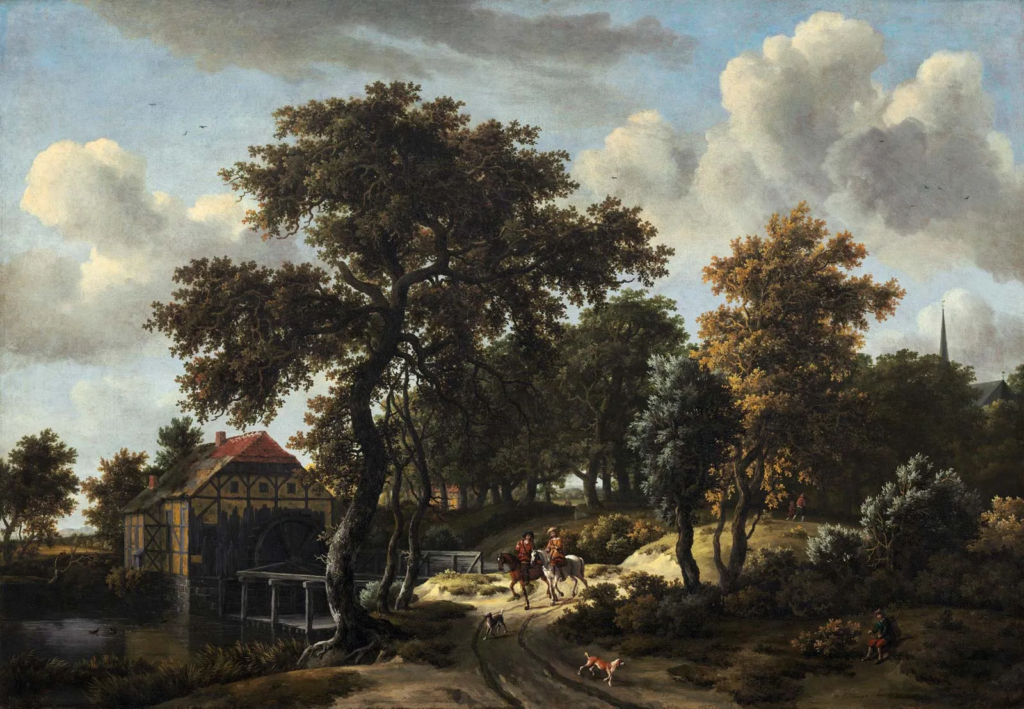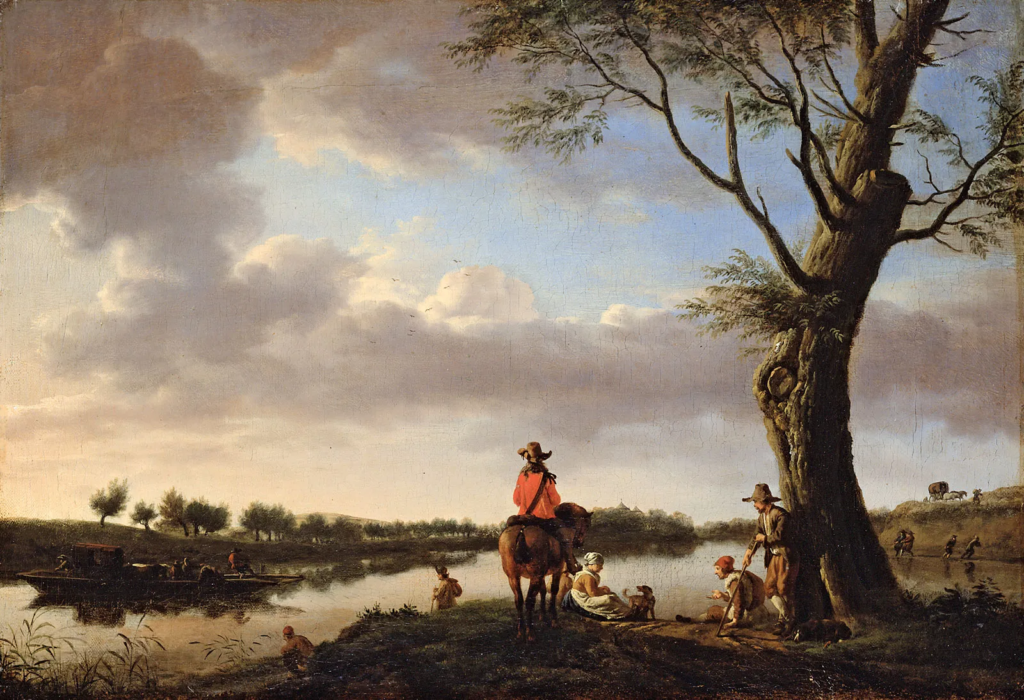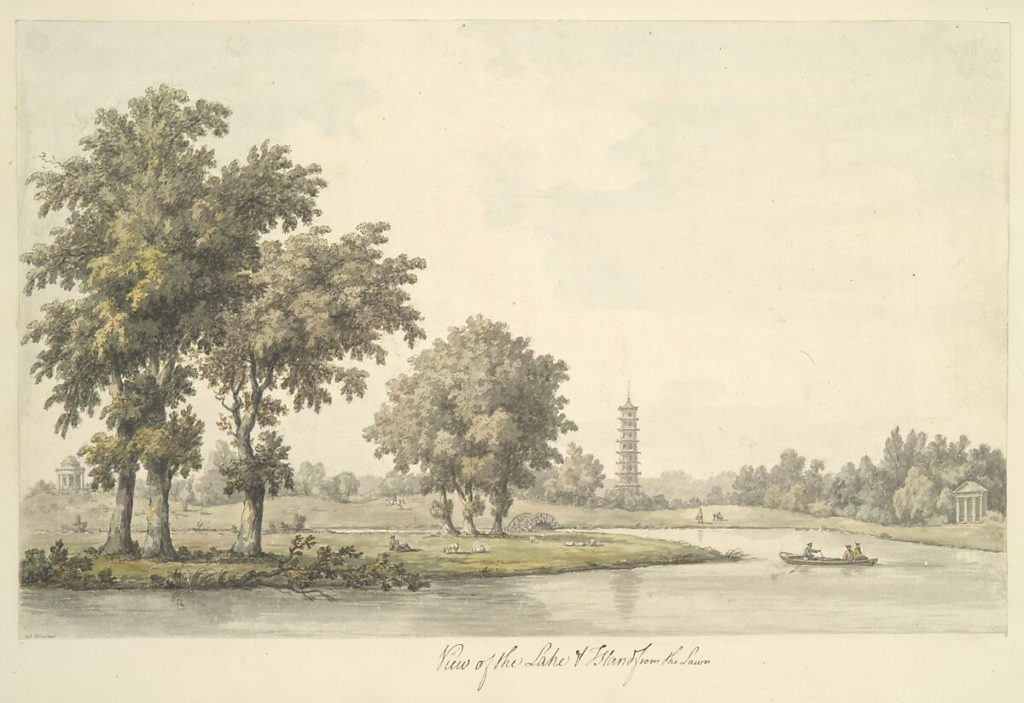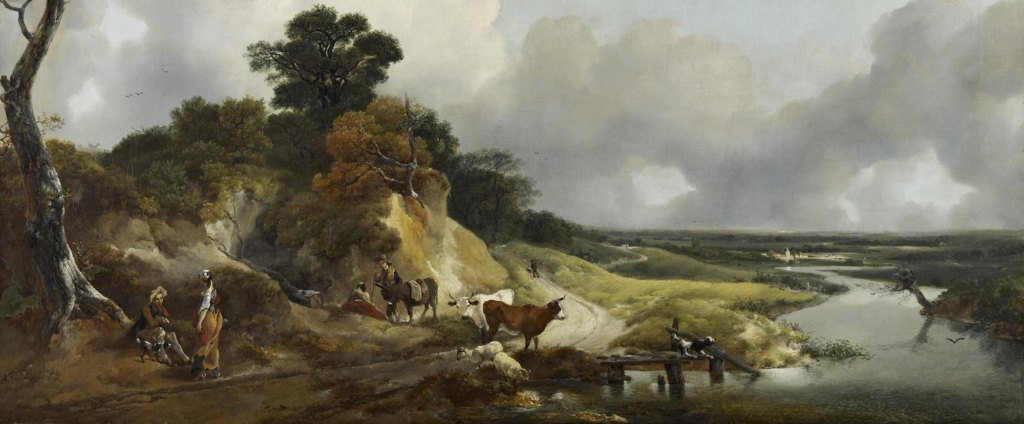Landscape photography shows the spaces within the world, sometimes vast and unending, but other times microscopic. Landscape photographs typically capture the presence of nature but can also focus on human-made features or disturbances of landscapes. Landscape photography is done for a variety of reasons. Perhaps the most common is to recall a personal observation or experience while in the outdoors, especially when traveling. Others pursue it particularly as an outdoor lifestyle, to be involved with nature and the elements, some as an escape from the artificial world.


Rise of Landscapes in Western Culture
After the fall of the Roman Empire, the tradition of depicting pure landscapes declined, and the landscape was seen only as a setting for religious and figural scenes. This tradition continued until the 16th century when artists began to view the landscape as a subject in its own right. The artistic shift seems to have corresponded to a growing interest in the natural world sparked by the Renaissance.


Classical Landscapes
In the 17th century the classical landscape was born. These landscapes were influenced by classical antiquity and sought to illustrate an ideal landscape recalling Arcadia, a legendary place in ancient Greece known for its quiet pastoral beauty. The Roman poet Virgil had described Arcadia as the home of pastoral simplicity.
In a classical landscape the positioning of objects was contrived; every tree, rock, or animal was carefully placed to present a harmonious, balanced, and timeless mood. The classical landscape was perfected by French artists Nicolas Poussin and Claude Lorrain. Both artists spent most of their careers in Rome drawing inspiration from the Roman countryside.
Italy, at this time, was the preferred location for many artists, who often travelled there with patrons on the Grand Tour. Poussin, who in his early years focused his talent on history painting, came later in life to believe that landscapes could express the same powerful emotions as the human dramas depicted in history paintings. From that point on, he worked to elevate landscape to a higher status.


Rise of Landscape Art During the 18th/19th Century
Several factors converged during the nineteenth century to broaden the appeal of landscape art. Most noticeable among them was urban growth, which increasingly separated Americans from rural scenes and activities, fostering a nostalgic desire to reconnect with nature.
Also, religious painting declined throughout the rest of Europe in the 18th and 19th centuries. That fact, combined with a new Romanticism — which emphasized emotion, individualism, and the glorification of nature — promoted landscapes to the well-loved place in art which they continue to hold today.


Origin of Landscape Photography
It’s a bit harder to pinpoint when landscape photography began. According to records, the earliest known evidence of a landscape photograph was taken between the years of 1826 and 1827. It was an urban landscape photo taken by a French inventor by the name of Nicephore Niepce. It was noted this first exposure took him a mere 8 hours, so perhaps it made sense for him to choose a still subject. A few years later, around 1835, an English scientist named Henry Fox Talbot entered the scene and introduced innovations in photography.
It was quite revolutionary back then because this allowed people a much faster way of rendering reality into a two-dimensional format that they were previously only able to do by way of painting. This process took much longer than taking a photo.
